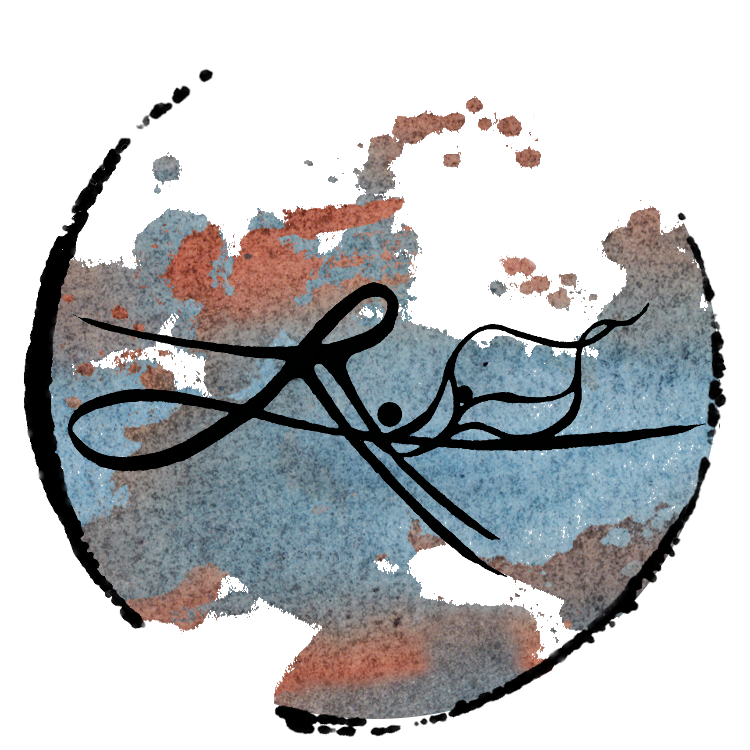During the winter holidays, I gorged myself on pie and hot chocolate and twinkling lights and solstice cheer. I hope you did, too! But while I was lolling about in my sugar-induced hibernative haze recovering from a busy and productive fall, two more of my articles were published! (See, sometimes Ali is productive.) Both articles continue my exploration of ecological polytheism and the work I’m doing to blend my naturalist training more into my spiritual practice.
Keystones of the Sacred Land

First, in this season’s issue of Aontacht Magazine, my Wild Earth feature column explores “Keystones of the Sacred Land,” examining the role of keystone species in ecology and how we can work with these important plants and animals in our local landscapes to connect more deeply with the natural world.
Many modern Druids create sacred space by casting or drawing a circle and invoking the energies of earth, air, fire and water from the four directions. This practice helps us to orient ourselves within a complex web of sacred relationship. A circle has no beginning and no end; it symbolizes wholeness and infinite interconnection. Within the circle, the four directions of north, south, east and west provide us with guidance and direction, like the points of a compass. It’s not that these directions are any better or more important than, say, southeast or north northwest. But by “squaring the circle” in this way, we establish points of contact that make it easier for us to find our own place in the circle. The four directions are gateways where we can enter into relationship with the whole and begin the spiraling dance.
In this same way, keystone species can act as guides and guardians in our exploration of the local landscape. The ecosystem where you live is a vast and mind-bogglingly diverse place. (Even your own body, with its plethora of microbes, is more diverse than a rainforest!) Trying to cultivate a relationship with the land can be overwhelming and intimidating if we don’t have a place to start. That’s where keystone species can help. In many ways, they already act as guardians of the ecosystem, nurturing its health and vitality by ensuring that all its many beings remain in balance. If we want to learn how to live in harmony with the land, and to make sure that our spiritual work is part of the health and harmony of our more-than-human community, keystone species have some really important lessons to teach us.
To read the full article, you can download the entire issue of Aontacht Magazine for free here.
Reading the Book of Nature
I also had an essay published on The Witches’ Voice just before the solstice. “Reading the Book of Nature” takes an in-depth look at the Western tradition of meditation through the practice of Lectio Divina and shares some creative ways that earth-centered Pagans can adapt the approach to enter into a deeper relationship with the natural world, using the four stages of observation, reflection, self-expression and contemplation.
What many modern Pagans might not know is that Western culture has its own heritage of contemplative meditation to be explored. Lectio Divina, or “divine reading, ” is an approach to spiritual study and prayer developed in the late twelfth century within monastic communities throughout Europe, and still practiced to this day by Catholics all over the world. Lectio Divina involves four stages of spiritual practice: reading, meditation, prayer and contemplation. Within the Christian tradition, it is most often used as a way of studying the Bible as the Living Word of God, a key to intimate relationship with the Divine, rather than as a text to be analyzed from an historical or theological perspective.
But the practice of Lectio Divina is not limited to the Christian Bible. Those of us who see the natural world itself as a place full of sacred beings and divine presence can adapt the techniques of “divine reading” to engage more authentically with Mother Earth. Moving gently and reverently through the four stages of Lectio Divina not only connects us with the uniquely Western traditions we’ve inherited from our ancestors, but it also helps us to open up and listen more deeply to the on-going story of wild holy earth.
You can read the full article over on Witchvox.com here.
